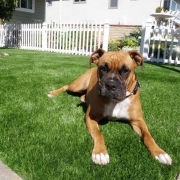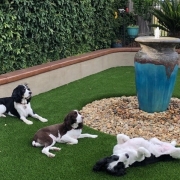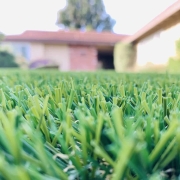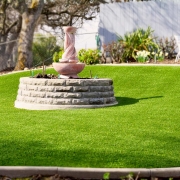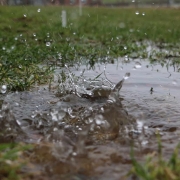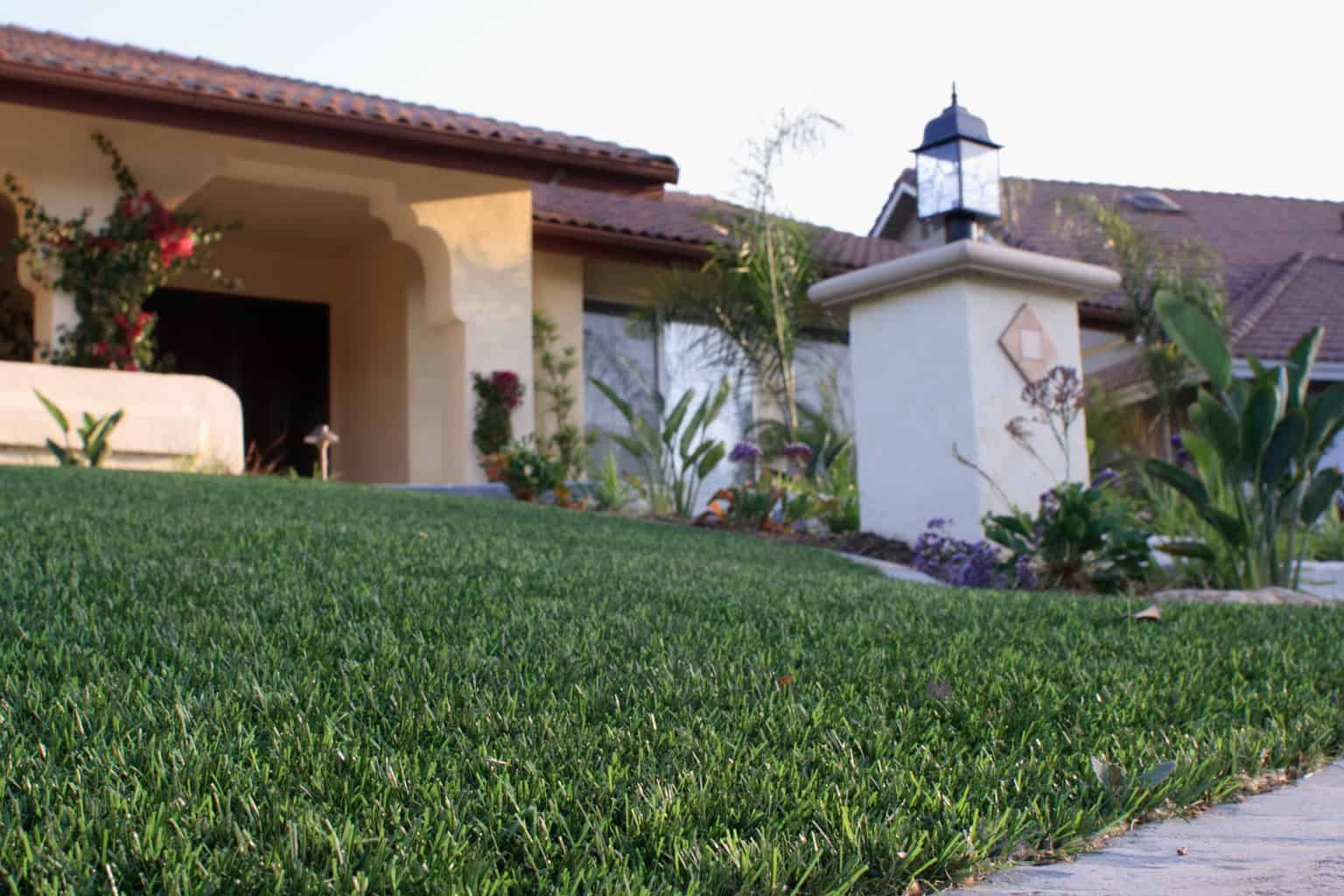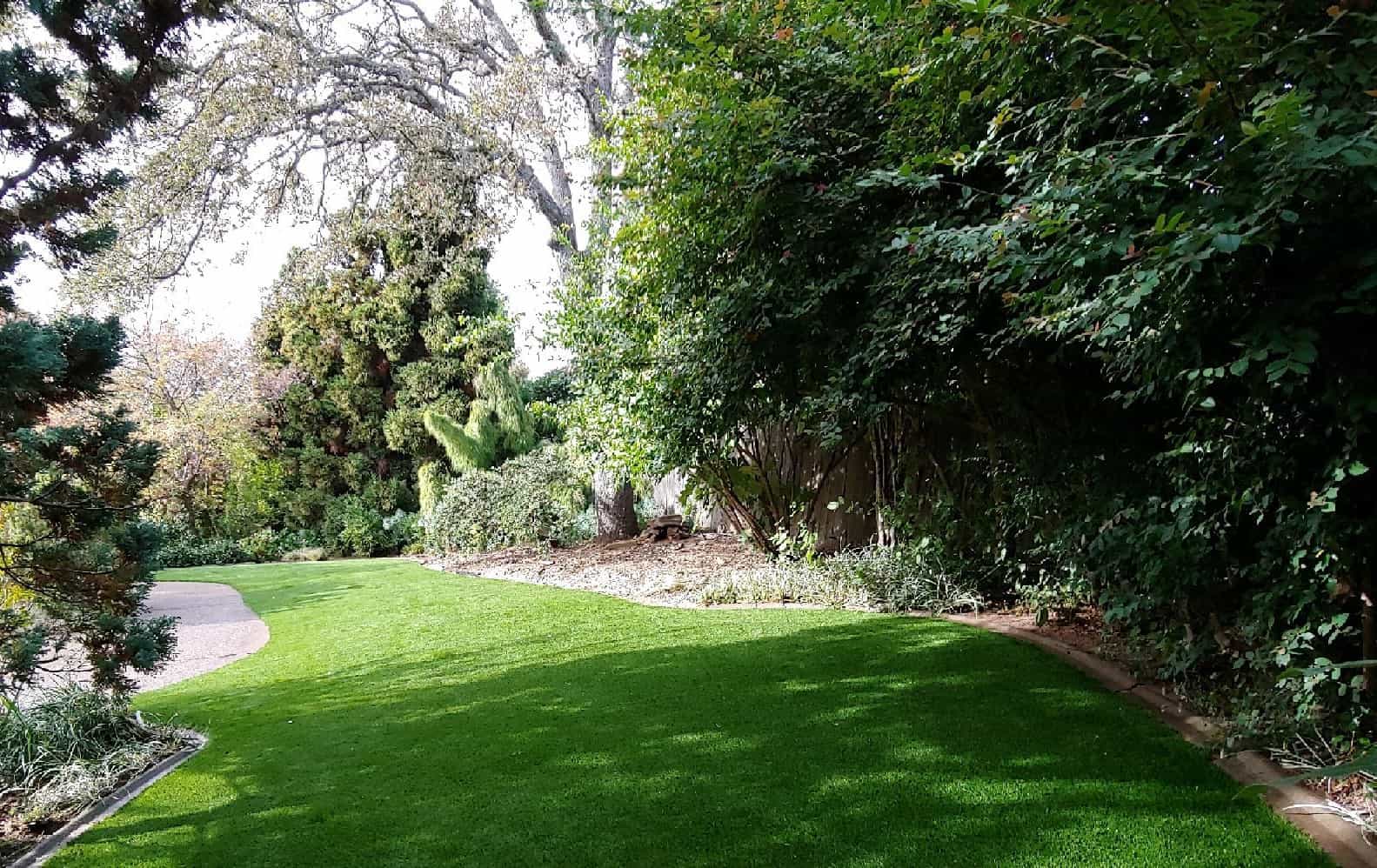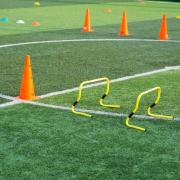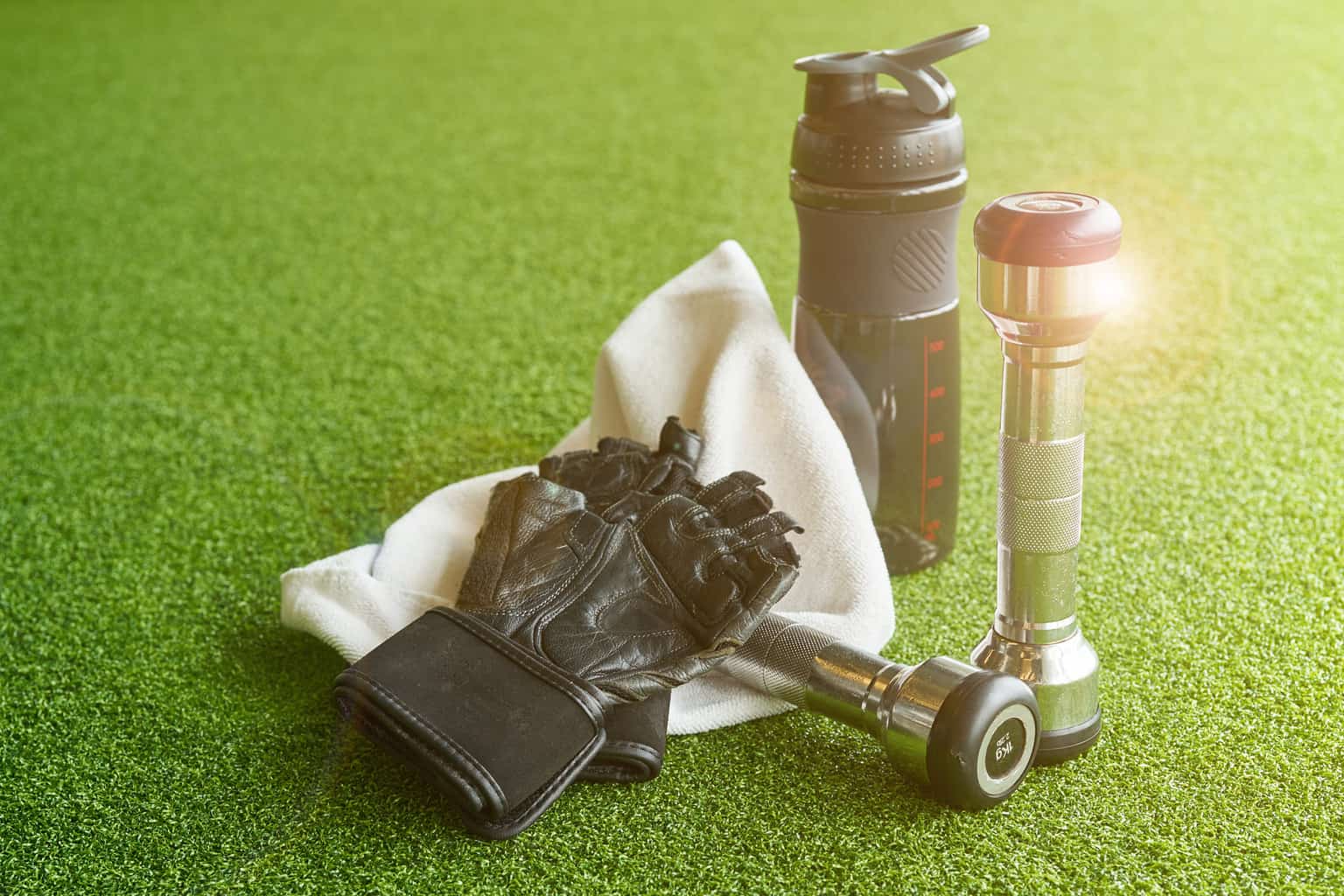How Artificial Grass Makes Your Home Eco-Friendly
All Sacramento residents want to do their part to reduce their environmental impact and be more eco-friendly. However, it’s not always easy to find practical ways to do that. Many suggestions for lowering your carbon footprint may seem unreasonable or just impractical for your current lifestyle. However, one easy way to make your home more environmentally friendly without sacrificing anything is by installing artificial grass. With aesthetic and functional benefits for the whole family, it’s an easy solution that benefits you, your wallet, and your planet.
Conserve Water
One way in which synthetic turf benefits the environment is by allowing you to conserve water. Homeowners use thousands of gallons of water for landscaping maintenance each year, and most of it is wasted. By installing artificial grass, however, you can save these thousands of gallons and hundreds of dollars by eliminating the need for daily watering. Synthetic turf is made of a polyethylene material that doesn’t need to be watered to stay green. Although occasional rinse-downs are suggested to clear away any dirt or debris, your artificial grass lawn will stay perfectly green and healthy without any water. In fact, synthetic grass installations are estimated to conserve 4 to 8 billion gallons of water annually worldwide. By switching to turf grass, you not only get a pristinely beautiful lawn, but you do your part to conserve billions of gallons of water each year.
Decrease Carbon Emissions
Synthetic turf’s low-maintenance nature isn’t just convenient for you; it’s beneficial for the environment! Since artificial grass never needs to be mowed, trimmed, or otherwise extensively maintained, you can eliminate your use of gasoline-powered tools for lawn care. Each year, more than 800 million gallons of gas are produced by Americans mowing their lawn. This translates to an astounding amount of air pollution that damages the environment and harms local air quality. By switching to hassle-free artificial grass landscaping, you can have a lawn that’s perfectly trimmed year-round while doing your part to lower the dangerous carbon emission levels worldwide.
Eliminate Use of Harmful Chemicals
When you have a natural grass lawn, dozens of pounds of fertilizer, insecticide, and other harmful chemicals are used each year to help maintain its appearance. However, more than 60 percent of these lawn chemicals go to waste and contribute to chemical runoff. Not only is this runoff harmful for your kids and pets, but it also worsens water pollution that can sicken other humans and local wildlife in the area. By choosing to install artificial grass landscaping, you’re protecting local wildlife by eliminating your use of these toxic chemicals and environmental pollutants. Synthetic turf is completely non-toxic and doesn’t require any maintenance chemicals to stay looking beautiful and weed-free. It’s completely safe for kids and animals, so you can rest assured that you’re doing your part to protect every member of your local environment.
If you’re ready to reduce your carbon footprint and become more eco-friendly, there’s no better solution than artificial grass. Not only does it benefit the environment, but it also provides unparalleled aesthetic appeal with virtually no maintenance required. To learn more about synthetic turf products or to receive a free estimate, give the Artificial Turf by Fenix team a call at (916) 295-6822. We would be happy to answer any of your questions.





